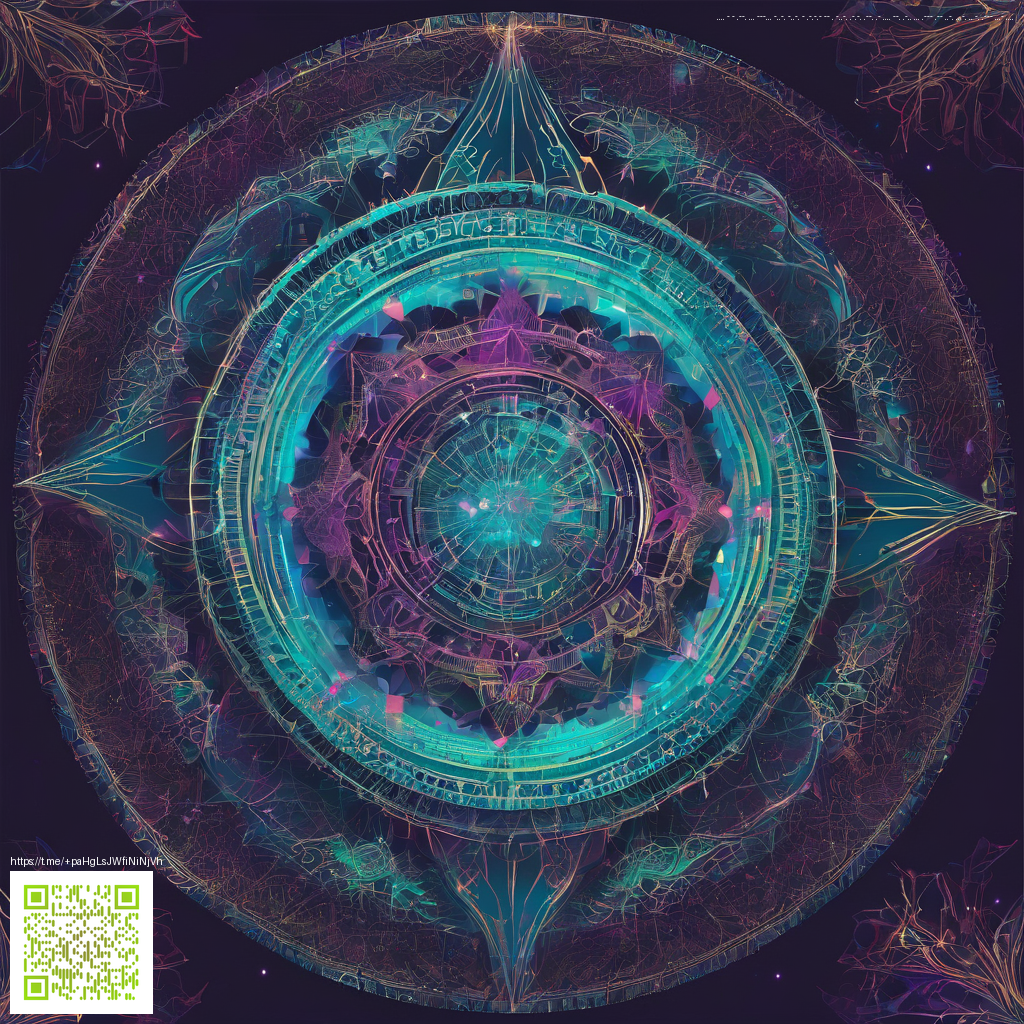
Planet Zoo Pros and Cons
Planet Zoo invites players into a world where animal welfare, habitat design, and guest experience collide in a surprisingly tactile simulation. The core loop rewards careful planning, observation, and iteration more than button presses. For seasoned builders the depth is irresistibly rewarding, while newcomers may feel overwhelmed by the learning curve.
Gameplay analysis
On the positive side the animal AI is impressively nuanced. Enclosure design matters deeply, with enrichment items, shade, and viewing angles shaping animal behavior. The result is habitats that feel alive rather than static props. The management layer adds meaningful long term goals through staff scheduling, research trees, and conservation campaigns.
- Engaging sandbox feel with clear progression through exhibits
- Rich editing tools for terrain, foliage, and architecture
- Simulation emphasizes welfare, space, and social groups
On the other hand the complexity can be a barrier. New players often stall while learning welfare metrics and park finances. Large zoos can suffer performance dips with many animals, guests, and structures active simultaneously. The early game pacing can feel slow as you bootstrap systems.
- Steep learning curve for beginners
- Performance challenges in ambitious builds
- Certain monetization mechanics may feel intrusive to some
Community insights
The player base is one of the games strongest assets. Streamers and creators regularly share habitat designs, educational proxies, and theme focused builds that push the title into art form. The Workshop ecosystem allows players to swap scenery, animals, and signage with ease. You can lose hours critiquing and remixing others creations and still find new ideas.
- Robust workshop with thousands of assets
- Friendly communities hosting build challenges
- Helpful tutorials and design guides from experienced players
There is a sense of camaraderie even when debates flare over realism versus playability and the best workflow for large parks. The culture rewards experimentation and generosity, turning each park into a collaborative learning canvas.
Update coverage
Updates arrive with regular cadence and bring new species, habitats, and decorative pieces. Patch notes typically explain the why behind changes, helping players adjust strategies rather than guesswork. DLCs expand design palettes and conservation options, keeping the experience fresh without fracturing core systems.
- New species and exhibit packs deepen design choices
- Quality of life improvements reduce early game friction
- Seasonal events and challenges boost long term engagement
Modding culture
Modders have carved out a vibrant space to extend Planet Zoo beyond its vanilla boundaries. Cosmetic mods alter signage, textures, and ambience, letting players tailor parks to specific aesthetics. A thriving ecosystem of assets and tutorials helps players learn enclosure design and educational presentation. The result is a living community where creativity and knowledge share a strong feedback loop.
- Cosmetics and scenery assets that shift mood and tone
- Community guides for realistic enclosure design
- Compatibility patches keep mods working after updates
Developer commentary
Frontier Developments maintains a reputation for listening to the community and translating feedback into tangible changes. Players often praise transparent patch notes that outline the reasoning behind adjustments. The focus on animal welfare and educational value reflects a broader mission to teach through play while preserving fun.
For longevity, the balance between creative freedom and simulation depth remains the title s defining trait. It rewards patient builders and curious caretakers alike. If shaping endangered species habitats and guiding visitors through virtual stewardship excites you, there is plenty to explore and refine.
Gaming Neon Mouse Pad 9x7 Personalized Neoprene